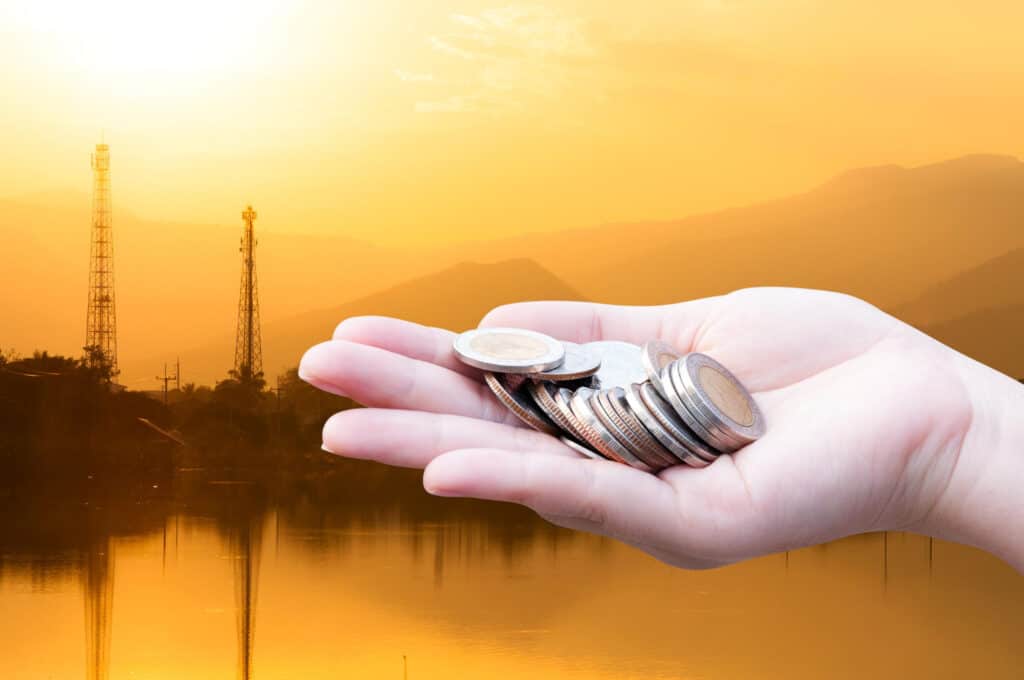In today's world, where sustainable energy sources are more crucial than ever, hydro energy stands out as a prominent player.
This renewable energy source, derived from the power of moving water, offers a myriad of benefits, from reducing greenhouse gas emissions to providing a stable and reliable energy supply.
However, one of the most pivotal factors determining its adoption and implementation is the cost of hydro energy.
This guide delves into the various facets of hydro energy, focusing on its costs, to provide a detailed overview for stakeholders, investors, and the curious reader alike.
Understanding Hydro Energy
Before diving into the cost of hydro energy, it's essential to understand what hydro energy is and how it works.
Hydro energy, or hydroelectric power, is generated by harnessing the kinetic energy of flowing water, and converting it into electricity.
This process typically occurs in a hydroelectric power plant where water flows through a dam, turning turbines that activate generators to produce electricity.
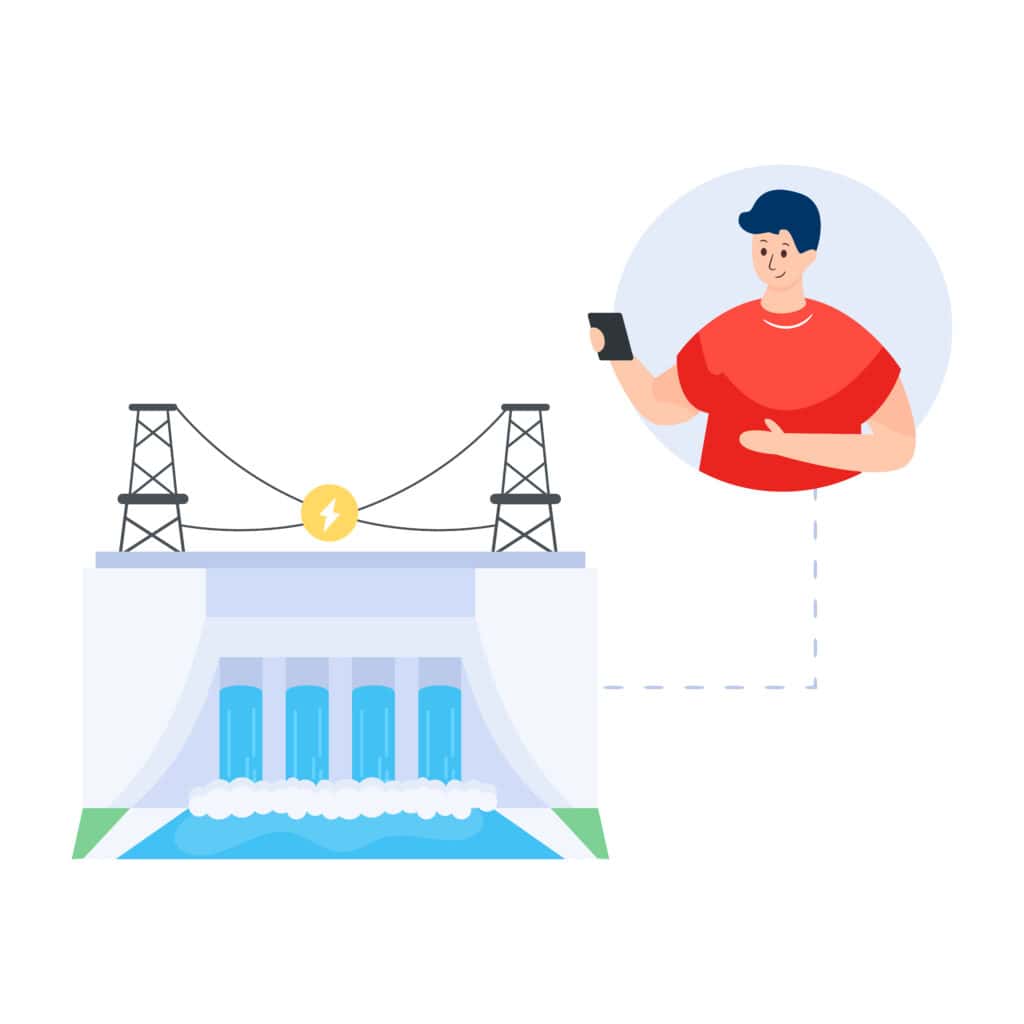
What is the Cost of Hydro Energy?
When it comes to understanding renewable energy sources, a common question arises: What is the cost of hydro energy?
This question is crucial for policymakers, investors, and consumers alike, as it influences decisions on energy production, infrastructure development, and even the global approach to combating hydro energy climate change.
The cost of hydro energy involves various expenses, including construction and ongoing operation costs.
While the initial investment for building hydroelectric facilities is high due to engineering work, environmental assessments, and machinery installation, the long-term advantages include low operational and maintenance costs.
Types of Hydroelectric Systems
Hydroelectric power uses water's energy to make electricity, offering a sustainable option with various system types tailored to different environments.
Knowing about run-of-river, reservoir, and pumped-storage systems is key to understanding their importance in our energy supply.
Run-of-River Systems: Harnessing Natural Flow
Run-of-river hydroelectric systems use river flow for power without needing large reservoirs.
They divert some water through a powerhouse and return it downstream, reducing ecological impact. These systems are eco-friendly but their power output depends on river flow, leading to fluctuations.
Key Characteristics:
- Minimal water storage
- Low environmental impact
- Seasonal variability in power output

Reservoir (Dam) Systems: The Powerhouses of Hydro Energy
Reservoir systems are a traditional way to produce hydroelectric power by building a dam on a river to create a large reservoir.
Water released through turbines generates electricity, providing a reliable power source. However, the environmental and social impacts of dam construction, such as habitat disruption and community displacement, must be considered.
Key Characteristics:
- Large-scale water storage
- Consistent and reliable power supply
- Potential for significant environmental and social impacts
Pumped-Storage: The Renewable Battery
Pumped-storage hydro systems work like batteries, storing and releasing energy when needed. Excess power pumps water up during low demand, which generates electricity when released back down.
They help balance the grid and integrate renewable energy but need specific geographical conditions for reservoirs.
Key Characteristics:
- Energy storage and release on demand
- Helps balance the electricity grid
- Geographically dependent
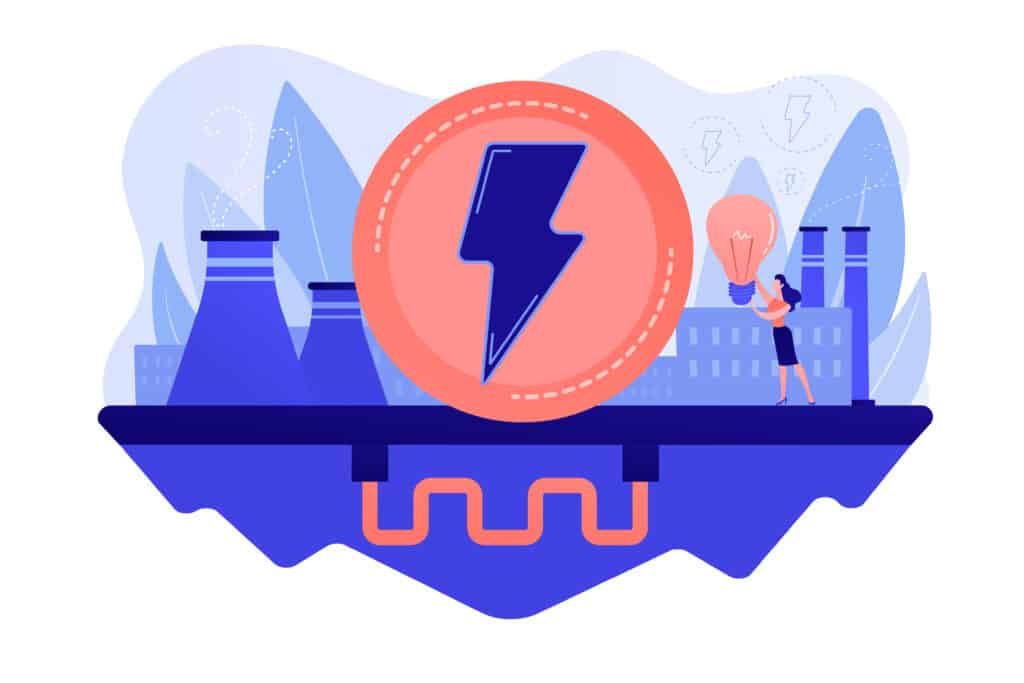
The Cost of Hydro Energy
- Initial Investment and Construction Costs: Hydroelectric projects demand a significant upfront investment, with variability in costs depending on project specifics such as location, size, and the type of hydroelectric system used, with pumped-storage facilities typically requiring more capital due to their complexity.
- Operation and Maintenance Costs: Operational costs for hydroelectric plants are relatively low, benefiting from the absence of fuel expenses and minimal equipment wear, enhancing hydro energy's cost-effectiveness over the long haul.
- Environmental and Regulatory Costs: The broader cost of hydro energy encompasses environmental and regulatory expenses, including the impact on ecosystems and the necessity for compliance with stringent regulations, which can significantly contribute to the project's overall cost.
- The Role of Government Subsidies and Incentives: Financial incentives from government entities can significantly reduce initial investment barriers, making hydro energy projects more economically viable and attractive to investors by offsetting some of the upfront costs.
- Energy Production and Efficiency: The efficiency of energy production from hydroelectric power plants can influence the cost of hydro energy, with technological advancements and the efficient design of turbines and generators playing a key role in maximizing energy output and reducing waste.
- Market Factors and Energy Prices: The cost of hydro energy is also affected by market dynamics, including the supply and demand for electricity, energy pricing fluctuations, and the competitive landscape of renewable energy sources, which can impact profitability and cost-efficiency.
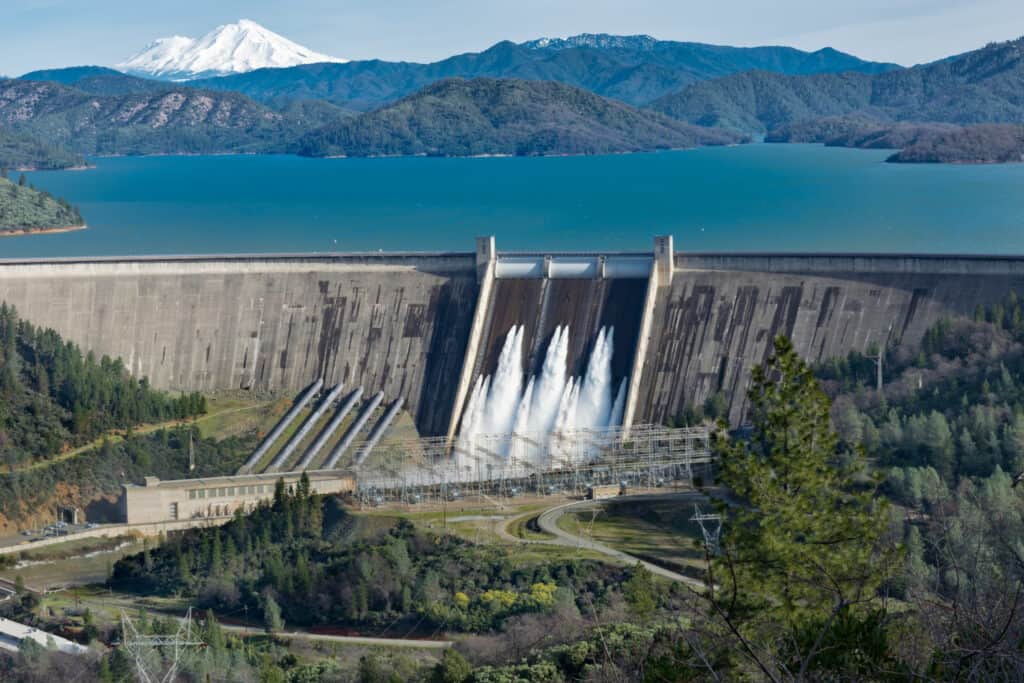
Comparing Hydro Energy Costs to Other Renewable Sources
When assessing the cost of hydro energy, it's crucial to juxtapose it against the backdrop of alternative renewable energy sources, such as solar, wind, and geothermal power.
This comparison encompasses not just the initial setup and capital investment but also delves into the operational, and maintenance costs, and the environmental impact associated with each energy source.
Moreover, factors such as efficiency, reliability, and the ability to meet fluctuating demand play a significant role in this comparative analysis.
Solar Power
Solar energy, derived from solar panels capturing sunlight, has seen a dramatic decrease in costs due to technological advancements and economies of scale.
However, its efficiency can be affected by geographic location, weather conditions, and the time of day, leading to variability in power output. Here's the key characteristics of Solar Power
- Abundant and Sustainable: Solar energy harnesses the sun's power, an inexhaustible resource available worldwide.
- Scalability and Versatility: Solar panels can be installed in a variety of settings, from small residential rooftops to large solar farms.
- Declining Costs: Technological advancements and mass production have significantly reduced the cost of solar panels.
- Intermittency: Solar power generation is affected by weather conditions and daylight hours, requiring storage solutions for continuous supply.
Wind Energy
Wind energy, generated through wind turbines, offers competitive costs and has benefitted from significant technological improvements.
Like solar, its output is subject to environmental conditions, namely wind speed and consistency, which can result in fluctuating energy production. Here's the key characteristics of Wind Energy
- Cost-Effectiveness: Wind energy has become one of the most cost-competitive renewable sources, especially in areas with strong, consistent winds.
- Rapid Deployment: Wind turbines can be erected quickly compared to traditional power plants.
- Variable Output: Wind generation depends on wind speed and can be unpredictable, necessitating backup or storage systems.
- Land Use: While wind farms can occupy large areas, the land can often still be used for agriculture.
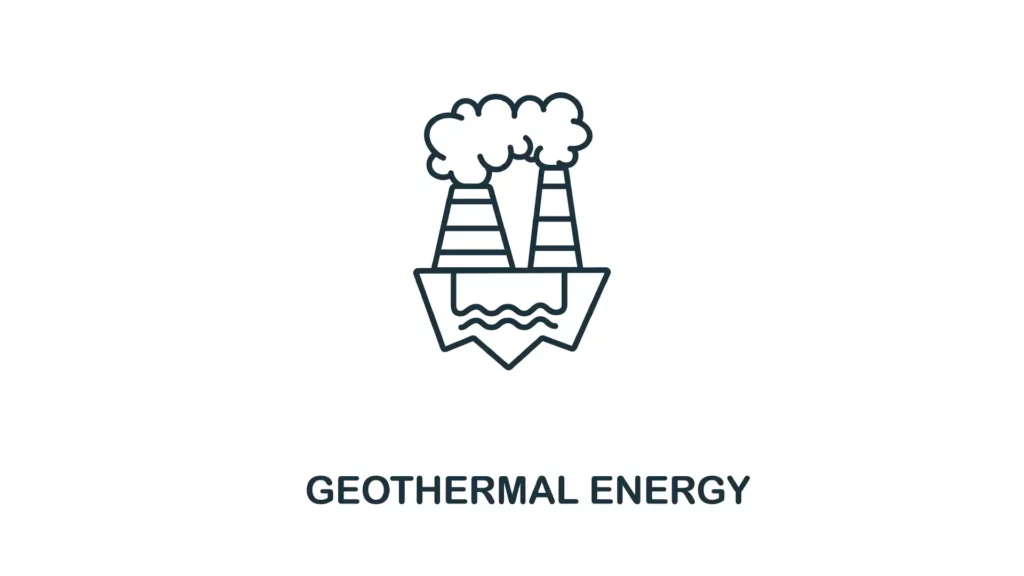
Geothermal Energy
Geothermal energy, which harnesses the Earth's heat, presents higher initial drilling and development costs but offers a steady and reliable power source with a minimal environmental footprint.
Its availability is geographically limited, making it a less universal option compared to hydro, solar, or wind energy. Here's the key characteristics of Geothermal Energy
- Consistent Base-load Power: Geothermal plants provide a constant output, unaffected by weather or seasonal changes, making them an excellent source of base-load power.
- Low Emissions: Geothermal energy produces very few greenhouse gases compared to fossil fuels.
- High Initial Costs: The exploration and development of geothermal resources can be expensive and risky.
- Geographic Limitations: Geothermal energy is most viable in areas with high geothermal activity, limiting its applicability.
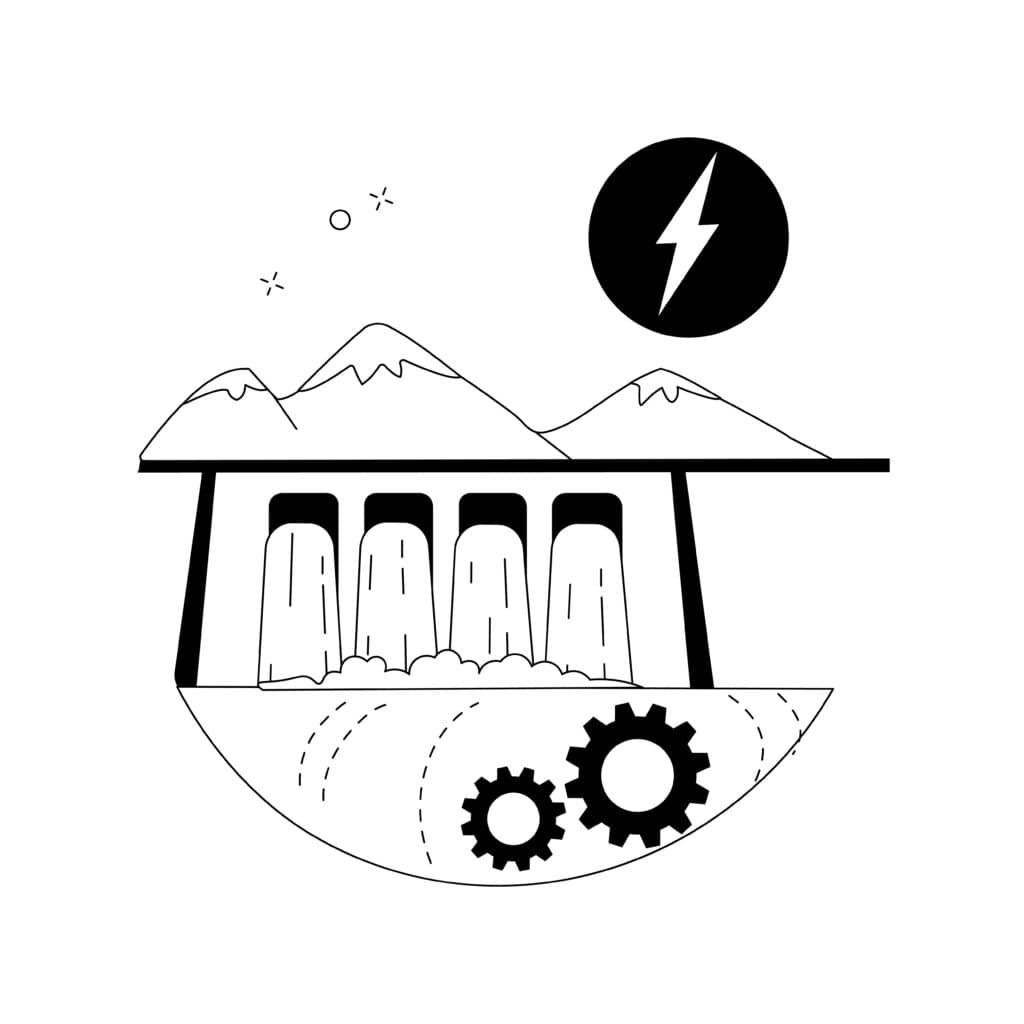
Future Trends and Cost Reduction Strategies
- Technological Advancements
The future of hydro energy is bright, with technological advancements playing a key role in reducing costs. Innovations in turbine and generator design, improved materials, and more efficient construction techniques can decrease initial investment and operational costs, making hydro energy even more competitive.
- Economies of Scale
As the hydro energy sector grows, economies of scale can further reduce costs. Larger production volumes for turbines and generators, as well as increased experience and efficiency in construction, can drive down prices, making hydro energy projects more economically viable.
- Enhanced Regulatory Frameworks
Streamlined regulatory processes and supportive government policies can also reduce the cost of hydro energy. By minimizing bureaucratic hurdles and providing clear, stable frameworks for development, governments can encourage investment in hydro energy, leading to lower costs and faster project completion times.

FAQs: Understanding the Cost of Hydro Energy
What is the average cost to build a hydroelectric power plant?
The average cost of building a hydroelectric power plant varies significantly depending on the plant's capacity, location, and the type of hydroelectric system used. For small-scale projects, costs can range from $1,000 to $5,000 per kilowatt of capacity, while large-scale projects can range from $1,500 to $2,000 per kilowatt. These figures are indicative and can vary widely based on specific project parameters.
How does the cost of hydro energy compare to fossil fuels?
Initially, hydro energy projects require a higher capital investment than fossil fuel power plants. However, over their operational life, hydro plants benefit from significantly lower operating and maintenance costs, primarily because they do not require fuel. When considering the long-term operation, hydro energy can be more cost-effective and stable compared to the fluctuating prices of fossil fuels.
Can the environmental impact of hydro energy affect its cost?
Yes, the environmental impact of hydro energy projects, such as potential damage to ecosystems and community displacement, can influence the overall cost. These impacts often require mitigation measures, environmental assessments, and sometimes compensation to affected communities, all of which can increase the project's total cost.
What factors influence the operation and maintenance costs of hydro energy?
The operation and maintenance costs of hydro energy are influenced by several factors, including the design and efficiency of the plant, the quality of the construction, and the natural conditions at the site. Regular maintenance, efficient management, and the use of modern, durable materials can help minimize these costs.
Is hydro energy always a cost-effective solution?
Hydro energy is generally cost-effective in the long term, especially for large-scale projects benefiting from economies of scale and in regions with favorable hydrological conditions. However, the initial high capital cost and potential environmental and social impacts mean that each project must be evaluated individually to determine its cost-effectiveness.
How do government policies affect the cost of hydro energy?
Government policies, including subsidies, incentives, and regulatory frameworks, can significantly affect the cost of hydro energy. Supportive policies can reduce capital costs and operational risks, making hydro energy projects more financially viable. Conversely, stringent regulations and lack of government support can increase costs and discourage investment in hydro energy.
Can technological advancements reduce the cost of hydro energy?
Yes, technological advancements in turbine efficiency, materials science, and construction techniques can significantly reduce both the initial capital costs and the long-term operational costs of hydro energy projects. Continuous research and development in these areas are crucial for making hydro energy more affordable and efficient.
How long does it take for a hydroelectric plant to become profitable?
The time it takes for a hydroelectric plant to become profitable depends on various factors, including the initial investment cost, operational and maintenance expenses, electricity prices, and government incentives. Typically, it can take anywhere from 5 to 15 years for a hydroelectric plant to recoup its initial investment and start generating profit, but this can vary widely from project to project.
Are there any cost-effective alternatives to traditional dam-based hydro projects?
Yes, run-of-river and pumped-storage hydro projects can be cost-effective alternatives to traditional dam-based projects, especially in suitable geographical locations. Run-of-river projects have lower environmental impacts and can be cheaper to construct, while pumped-storage projects offer flexibility in electricity generation and can help balance the grid, potentially increasing their economic viability.
Cost of Hydro Energy Conclusion
The cost of hydro energy is a multifaceted issue that encompasses initial investment, operation, maintenance, and environmental and regulatory costs.
Despite the high upfront cost, hydro energy's long-term benefits, including low operating costs, reliability, and environmental sustainability, make it vital to the global shift towards renewable energy.
With ongoing technological advancements, supportive policies, and a growing emphasis on sustainability, the future of hydro energy looks promising, offering a path towards a cleaner, more sustainable energy landscape.

